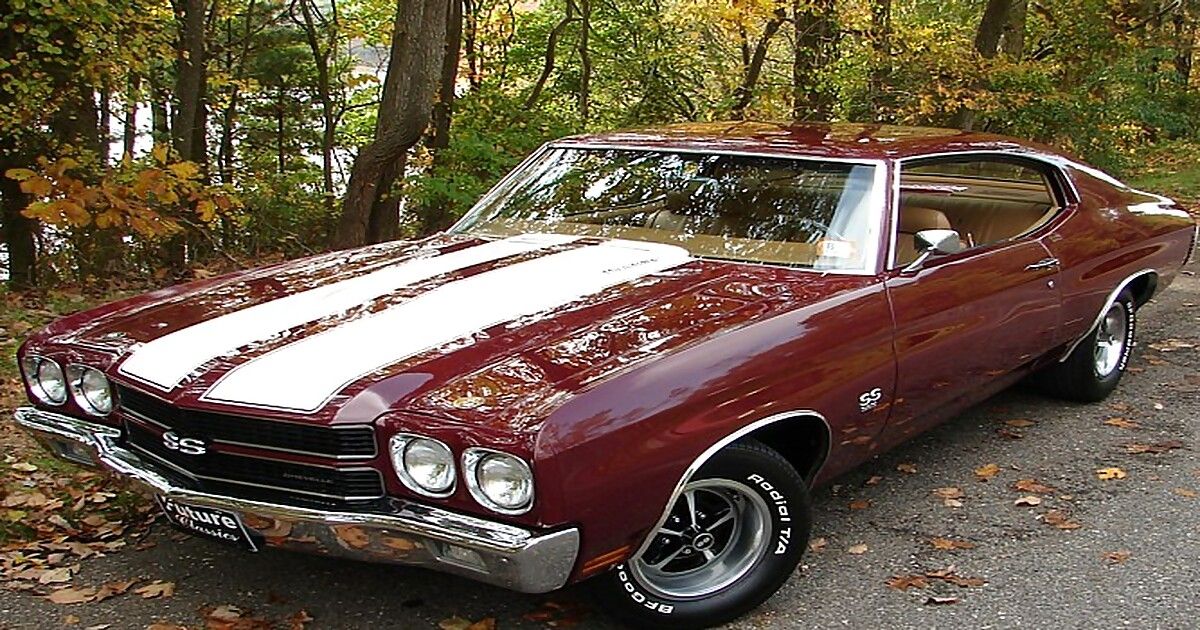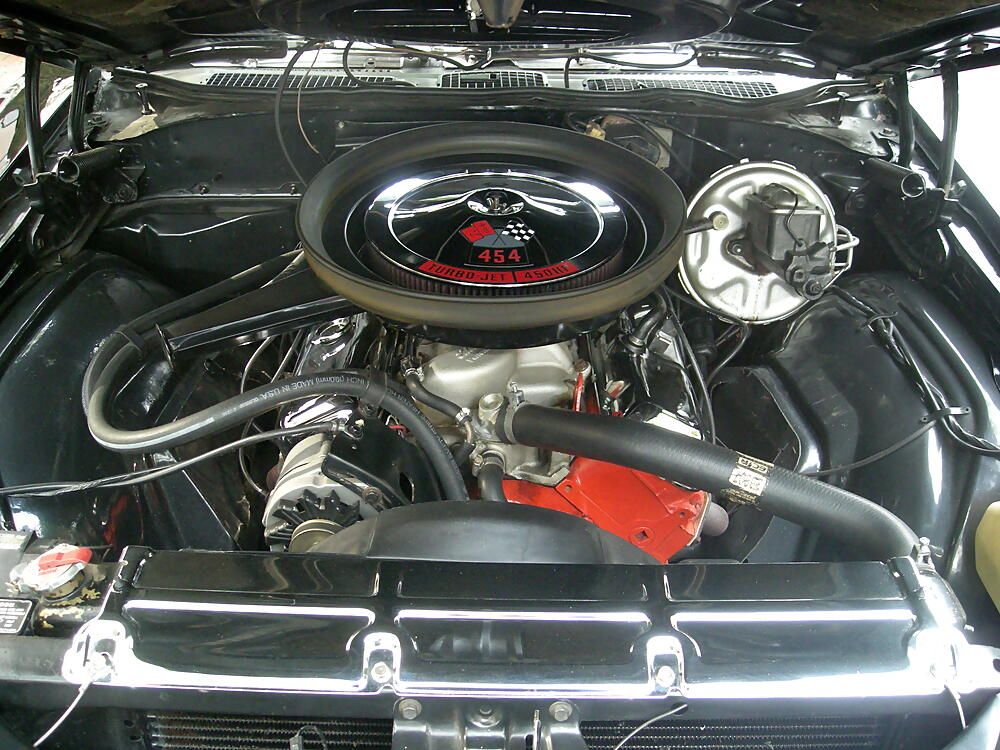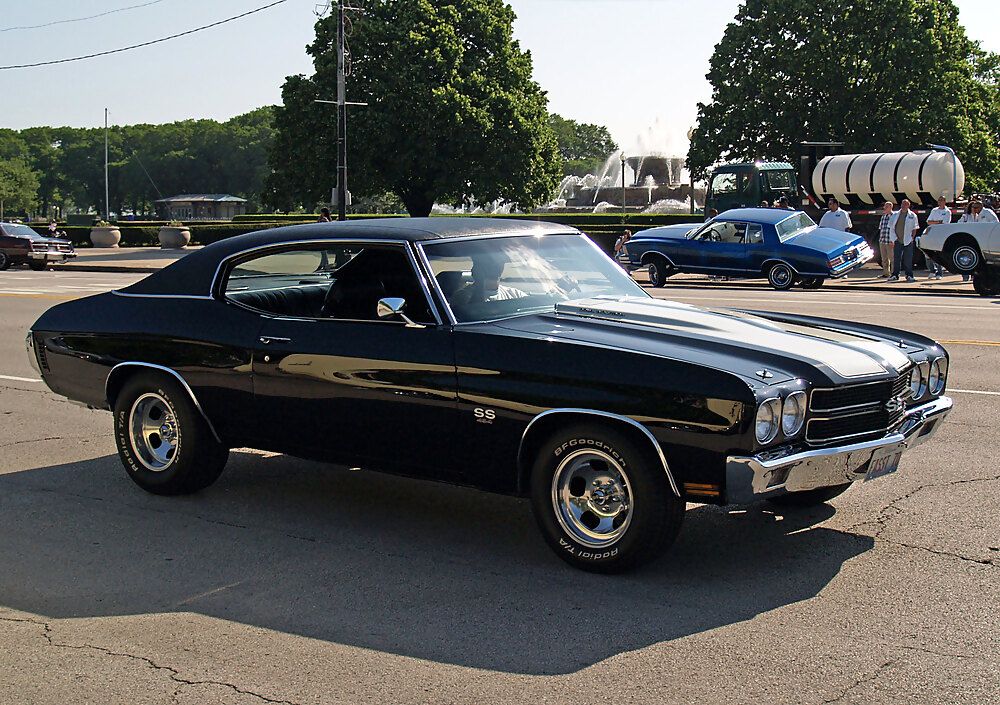As a longtime favorite of cinematic creators and American muscle car aficionados alike, the 1970 Chevrolet Chevelle is a beautiful example of power and design. It is no surprise that the car is a favorite. For a short time, it was the peak of performance for GM and even pushed GM’s top horsepower over that of Corvette for the first time in history.
There can be no denying the recognizable roar of the engine of a Chevelle SS, and it seems audiences and moviemakers agree. The stunning car made more than a few cameos alongside big-name actors in big-name flicks across the years. There is something about the Chevelle that makes it alluring and fits it strongly into the role of the badass epitome of muscle car power that had directors casting it in the part over and over.
That same potent appeal applied to automobile collectors over the years, and the 1970 Chevrolet Chevelle SS is still one of the most collectible and coveted cars in muscle car circles. Standing alongside other legendary classic cars with HEMI and Cobra badges, the SS lives up to the media hype and remains a car worth investing in today.
Let's take a closer look at this monster of a muscle car, the 1970 Chevrolet Chevelle SS.
What Makes The Chevelle SS Special
Chevrolet made the Chevelle from 1964 through 1978 on an A-body platform. It has historically been one of the most popular and successful models and was produced in several iterations, including coupes, sedans, convertibles, and even station wagons. The “SS” or “Super Sport” optional performance package was only available on a limited number of the automobiles.
In the early '60s, there was a marked boom in interest in muscle cars. Many big names got into the game early and began to emphasize larger engines and a deeper rumble in a smaller bodied car. Over time, the muscle cars continued to evolve to meet the desires of a younger population by producing a “young man’s car” full of horsepower and torque.
Although they weren’t the first to market, the Chevelle SS is possibly one of the most recognized and prevalently featured cars from the era. Early in 1964 and 1965, Chevelle's began featuring a badge with “Malibu SS’ on the rear quarter panel. This tradition continued with the 1965 Z16 version of the car, which had the emblem on the front fender. The SuperSport package was available on a wide range of Chevelle models for the 60s price of around $165.
By shelling out the extra for the Super Sport package early on in the “SS” history, owners upgraded to unique exterior work, SS emblems, larger wheel covers (14”), bucket seats, and a floor console for Muncie aluminum 4-speed manual or Powerglide 2-speed automatic transmissions. The “SS” also came with four gauges and a four-barrel V8 engine rated at 220hp.
Later versions of the Chevelle branched off from their Malibu roots to become their own series in 1966. From there, the design of the car started to shift into the beloved icon we know today. The frame of the Chevelle underwent a complete overhaul to include smoother contouring, new grilles, new bumpers, and curved side windows. Tapered front fenders were added in 1968, and the semi-fastback style of roofline was added as well.
Although 1969 iterations of the car were billed as “America’s most popular mid-size car” by Chevrolet, it was the 1970 version that became the darling media sensation. The body underwent yet another revision to give it a more shapely appearance, and the interior was redesigned as well. Aside from the base model, the “Super Sport” package was also offered on the Malibu sport coupe, Malibu convertible, and El Camino pickup trim packages.
The base model was available as a sports coupe or four door sedan and was upgraded with a more durable sheet metal as well as including power locks, mounted wiper controls, and new engine choices. Although these choices started with a standard 155hp 6-cylinder, there were many upgrades available, including the SS option- an RPO Z25 on the SS396 or the RPO Z15 454ci engine. In addition to the engine upgrades available, GM removed their previously existing ceiling of 400ci engines to allow for the largest engines possible to be dropped in.
In the SS396, the new Turbojet 396 V8 engine could ramp up to 350hp, and a 454ci 7.4L was available with optional cowl induction and produced up to 360bhp. The optional LS6 4-barrel 800 CFM Holley carburetor could bump the power up to an astounding 450bhp, and the car then had to include special suspension in order to keep it grounded. Overall, the engine specifics were widely varied, but most opted into the more powerful big block.
With all of these amazing options and the pure grace of design, it is no wonder that the 1970 Chevelle SS has been so popular. Another reason that the ride is particularly unique is that it has been featured in roles in many mainstream media titles, including Dazed and Confused, Jack Reacher, Charlie’s Angels: Full Throttle, Drive Angry 3D, John Wick, and The Fast and The Furious.
Cost And Availability Today
If you want to drive like Vin Diesel in your own 1970 Chevrolet Chevelle SS, it will cost you a bit, but luckily, availability is high. There were just under 50,000 SS 396s produced, and they sold for just about $3500 (the equivalent of $25,100 today) back when they first rolled off the production line. Unfortunately, you’ll be hard-pressed to find one in pristine condition for that nowadays.
According to NADA pricing guides, the 2-door convertible 454 version of the Chevelle SS retails for an average of $72,900. In perfect condition, the 1970 Chevelle SS has seen auction prices up to 1.2 million. However, don’t count out the potential to find one a bit lower if the condition is less than ideal. The muscle car can be had for much lower if you’re willing to make up the difference in manpower and repairs to restore it to its former glory.



